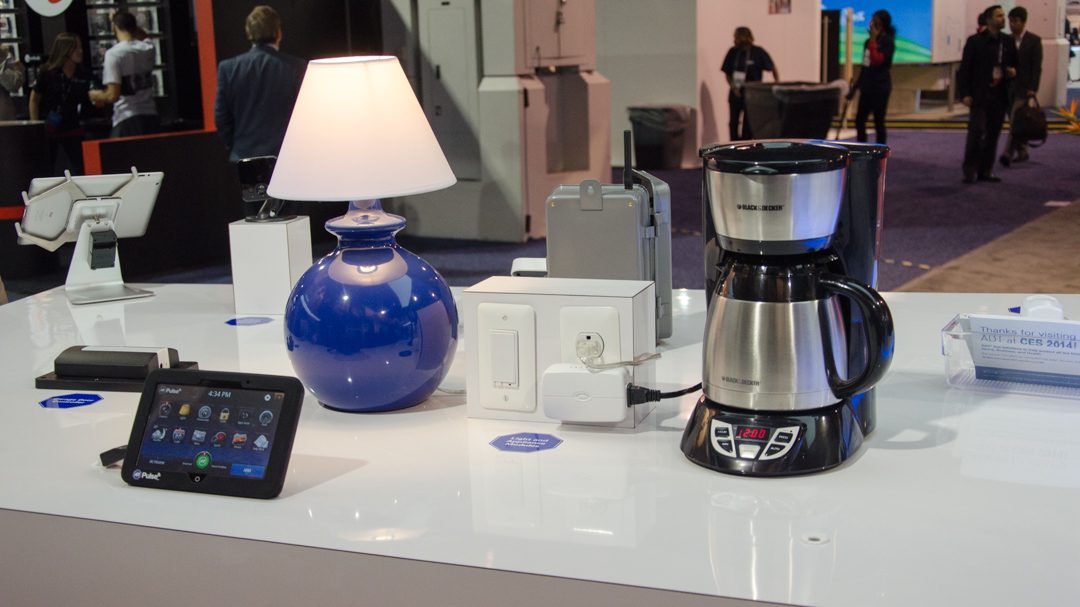How smart homes will get smarter throughout 2015
Smarter alarm systems and insurance benefits

The European connected and smart home product market has been growing rapidly, and 2015 will see it continue to evolve along a number of different fronts. Here are 10 trends we expect to impact the smart home market this year.
Interoperable platforms succeeding
Connected home products and services rely on different communication standards, be it ZigBee, HomeMatic or Z-Wave. Only platforms which handle established standards and are able to learn new protocols will hold their ground in the market in 2015.
Customers don't want to be limited in their product choices or care about compatibility issues. Integrating any device into a connected home setup needs to be a smooth and simple process.
Connected appliances offering early defect warnings
2015 will see the first connected appliances enter the market. Manufacturers can determine the likelihood of a defect or breakdown. Service engineers are alerted so they arrive with the right parts to fix any fault before their visit.
Connected consumer hardware bought as a service
This year, new options for purchasing connected consumer equipment will move away from upfront bundling of financing, warranty, servicing and replacement to consumers paying for a hardware service, rather than the actual device. This option will offer benefits including the guarantee of consumers always having the latest gadgets, without any worry that they will be superseded by another in just a few months' time.
Usage-based home insurance
Connected home insurance will grow significantly in 2015. Until fairly recently, insurers had limited means available to validate facts and price the risk. They were depending on customers describing the damage events in detail.
According to Insurance Europe, property premiums in Europe totalled over £70 billion (around $105 billion, AU$131 billion) in 2012, of which £43.5 billion (around $65 billion, AU$81 billion) was paid out in claims. The connected home provides reliable data, introduces a higher level of security, reduces incidents and enables insurance companies to offer lower premiums at a higher profit margin.
Sign up to the TechRadar Pro newsletter to get all the top news, opinion, features and guidance your business needs to succeed!
Geolocation to control homes
2015 will provide an ever-increasing range of connected products for the home which are location aware. So, we will see the likes of home security alarms that set themselves and heating systems that turn off automatically whenever users leave their home.
Wearables and the connected home
Wearable tech is huge right now but, towards the end of 2015, we will be seeing the first real examples of wearables interconnecting with smart home devices, to enable users to personalise their home – so music follows them into every room they enter or lights turn on based on the homeowner's preferences.
Connected home security
Due to the rise in cybercrime, the security of unprotected connected homes may become a major issue as hackers either access connected devices such as cameras or steal data. Companies that play 'fast and loose' with customer's privacy will increasingly suffer as a result. Security features such as secure SSL encryption and Trusted Platform Module (TPM) integration will become more important.
Smarter alarm systems
Home security will be a main beneficiary of connected devices. Users simply activate the alarm system via the "Away" profile when they are out of the house. The security camera will switch on automatically the moment a door or window is opened. Users will receive an immediate alert on their smartphone, and can then check the situation at home in real time. If they want their home to appear occupied, they can automatically switch lights on in the evening and turn the radio on once in a while.
Domestic environments turning into information systems
New possibilities for instant notifications will emerge due to the increasing amount of connected devices. For example, signal lights will tell users if someone is at the door when they are in the basement – or that they have received mail when they are in the living room. Or the fact that water is running in the bathroom when they are in their bedroom.
Standardised and customised configurations
Management software will introduce new means of programming a home environment. Some configurations will be provided as standards. Heating systems automatically adjust settings downward when windows and doors are open. Close them and the thermostat returns to normal.
Others will feature more personal, customised settings. At 6.30 in the morning precisely, a user's favourite song begins to play, lamps start to brighten, curtains open, their bathroom heating switches on and the coffee maker heats up to operating temperature.
- Jon Carter is UK Head of Business Development, Connected Home, at Deutsche Telekom